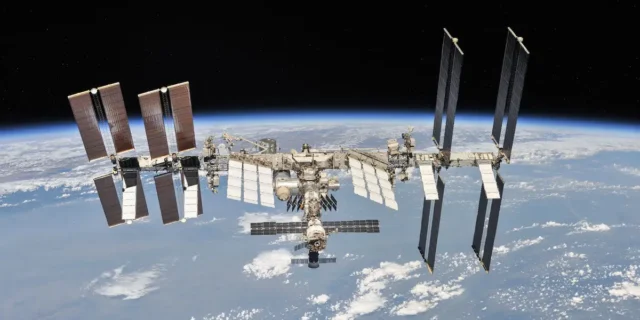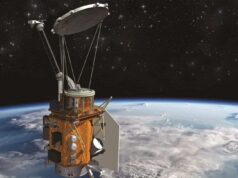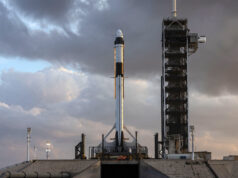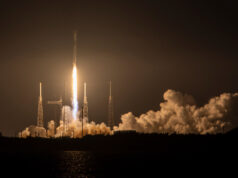
In a recent development that has sent ripples of concern through the space community, NASA has confirmed the existence of cracks in the International Space Station (ISS). These cracks, classified as a “highest” risk and consequence problem, pose a significant threat to the integrity of the orbiting laboratory and the safety of its crew. The ISS, a symbol of international cooperation and scientific exploration, is now facing a challenge that underscores the harsh realities of operating in the unforgiving environment of space.
The cracks were first detected during routine inspections of the ISS, and subsequent analyses revealed that they were propagating at an alarming rate. While the exact cause of the cracks remains under investigation, experts believe that they may be related to the stresses and strains placed on the ISS by its constant exposure to the vacuum of space, micrometeoroids, and orbital debris.
The Stakes Are High
The discovery of these cracks has raised serious concerns about the long-term viability of the ISS. The station, which has been in orbit for over two decades, is already showing signs of wear and tear. The cracks, if left unaddressed, could lead to catastrophic structural failure, potentially resulting in the loss of the station and the lives of its crew.
NASA is taking the situation very seriously. The agency has assembled a team of experts to assess the extent of the damage and develop a plan to repair the cracks. The repair process is expected to be complex and challenging, as it will need to be carried out in the weightlessness of space.
The ISS: A Symbol of International Cooperation
The ISS is a testament to the power of international cooperation. It is a joint project of five space agencies: NASA (United States), Roscosmos (Russia), JAXA (Japan), ESA (Europe), and CSA (Canada). The station serves as a platform for scientific research, technological development, and education.
The discovery of the cracks in the ISS is a reminder that even the most ambitious projects are not immune to the challenges of space exploration. It is also a testament to the resilience of the human spirit, as the international community comes together to address this critical issue.
The Road Ahead
The repair of the cracks in the ISS will be a long and arduous process. It will require the combined efforts of engineers, scientists, and astronauts from around the world. But the stakes are high, and the international community is committed to ensuring the continued operation of this vital scientific outpost.
The ISS is more than just a space station. It is a symbol of hope and inspiration, a reminder that humanity can achieve great things when we work together. The discovery of the cracks in the ISS is a setback, but it is not the end of the story. The international community will rise to the challenge, and the ISS will continue to serve as a beacon of scientific exploration for many years to come.
Detailed Analysis & Further Implications
The Nature of the Cracks
The cracks found on the ISS are not superficial blemishes. They penetrate the station’s modules, raising concerns about potential air leaks and depressurization. While the current atmosphere within the ISS remains stable, the progressive nature of these cracks necessitates immediate action. NASA has categorized this issue as a “highest” risk, indicating its potential for severe consequences if not addressed promptly and effectively.
The Challenges of Repair in Space
Repairing the ISS in the vacuum of space presents unique challenges. Astronauts will need to conduct intricate repairs while contending with the limitations of their spacesuits and the microgravity environment. Additionally, the materials used in the ISS’s construction may behave differently in space than on Earth, further complicating the repair process.
The Impact on Future Space Missions
The cracks in the ISS serve as a stark reminder of the harsh realities of space exploration. As humanity ventures further into the cosmos, we must develop new technologies and materials that can withstand the rigors of the space environment. The lessons learned from the ISS will undoubtedly inform the design and construction of future space stations and spacecraft.
International Collaboration in the Face of Adversity
The ISS is a testament to the power of international collaboration. The discovery of these cracks has galvanized the international community, with all partner agencies working together to find a solution. This collaborative spirit underscores the importance of international cooperation in tackling the challenges of space exploration.
The cracks in the ISS are a serious issue, but they are not insurmountable. With international collaboration and innovative solutions, the ISS can continue to serve as a beacon of scientific exploration and a symbol of humanity’s indomitable spirit. As we look to the future of space exploration, we must learn from the challenges facing the ISS and build spacecraft that are even more resilient and capable of withstanding the harsh realities of the cosmos.










